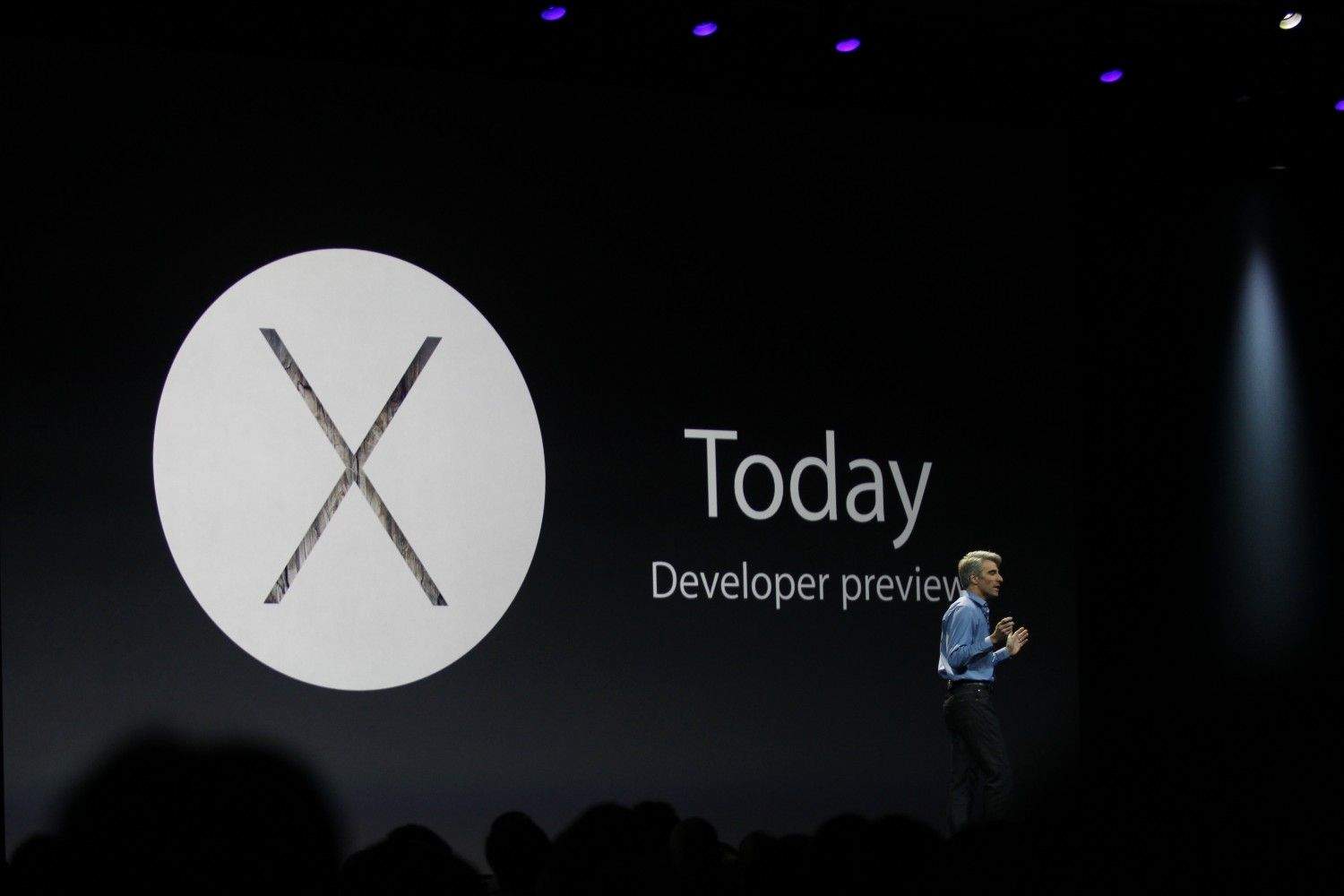Monday’s fantastic WWDC keynote was the most significant product introduction since Steve Jobs unveiled the original iPad in 2010. But this time, the revolutionary product wasn’t hardware — it was software.
The surprisingly well-executed event demonstrated two things:
1. Steve Jobs’ greatest product wasn’t the iPad or the Macintosh, but Apple itself. He created a company that can very clearly innovate without him.
2. Although there was no new hardware (for now), Apple’s trajectory is clear: It’s getting into some very big things.
As marketing theater, Monday’s keynote at the Worldwide Developers Conference in San Francisco was great — far better than recent keynotes. The jokes were funnier, the presentation smoother and the content hugely significant. Clocking in at nearly two hours, it was well-paced, entertaining and fascinating.
Tim Cook looked more relaxed, more at ease. He wasn’t painful to watch. He came across like a proper CEO — a man in charge, comfortable in his own skin and his role as the head of Apple.
Craig Federighi, of course, was the star. He did a great job carrying the show, which is no easy task. (Although it’s curious that he’s being tipped as Apple’s next CEO on the strength of his recent public performances. Maybe, but unlikely.)
I missed Phil Schiller — a funny, likable presenter — and Jony Ive, who I’ve argued should be the star of these shows.
But what I liked best was the import of the announcements. Although it started slow, most of the stuff talked about was important. Past keynotes have often been padded, even when Steve Jobs was in charge — but this one was one big thing after another.
And just like Steve’s trademark one-last-things, this keynote ended on a high note — although you’d never know it from Federighi’s demeanor. He downplayed the important stuff, sneaking it in at the end. He never grabbed a bullhorn and announced it as such, but the best stuff was saved for the last half when he talked about the plumbing of iOS.
Apple’s plan for our future
It’s clear that Apple is laying the groundwork for three very big plays:
The digital wallet: Apple is opening up the Touch ID fingerprint sensor to third-party apps. Developers won’t gain access to any fingerprints themselves — they will remain stored securely inside the processor — but if adopted widely, the system will shake up passwords and payments. And it’s not too hard to imagine a new generation of iBeacon (or Bluetooth-powered) point-of-sale systems at stores.
The iHome: HomeKit is a collection of tools to turn iPhones and iPads into software hubs for the connected home, controlling wireless locks, security systems, sprinklers and light bulbs. It will include Siri, allowing the system to turn off all the lights and lock the doors with a simple “I’m going to bed” command (the best use-case for the connected home I’ve ever heard, BTW).
iHealth: HealthKit is a one-stop shop for data on health and fitness, recording everything from heart rate and sleep to blood chemistry. The app pulls data from third-party health-monitoring and fitness hardware. It can report data to users and health-care providers alike, allowing the Mayo Clinic, for example, to know if patients’ vital signs change for the worse.
The introduction of these tools was low-key. But taken together, Apple all but announced new hardware.
The software is the foundation to Apple’s coming iWatch, which is expected later this year. Likewise, it’s easy to imagine HomeKit being a part of a future Apple TV, controlling the home from the living room via Siri.
Apple is a very careful and deliberate company. It rolls things out slowly. Apple’s Passbook started small, but now is used widely by people to board flights, enter movie theaters and pay for coffee at Starbucks.
While Google shows off a self-driving car — which, cool as it is, is basically vaporware, years away from being a real product — Apple shows us the software that will power some very big products.
This is the first step in Apple’s plans. The next phase will come in the fall, when Apple usually unveils new hardware.
During yesterday’s keynote there was a palpable sense of confidence. You could tell that the various executives onstage were bullish about Apple’s work. It was almost cocky. They weren’t revealing the goodies just yet, but they seemed like they were sharing an in-joke, winking at each other, in on a secret.
Apple’s next generation of gadgets will focus on health and the home.
Unlike most big companies, Apple is playing the long game. They’ve successfully mapped out a plan to expand their reach beyond fulfilling our entertainment and computing needs. With iOS 8 and OS X Yosemite, Apple is poised to put its next generation of gadgets at the center of our health, our homes and our most secure transactions.
The end result will be total domination.


